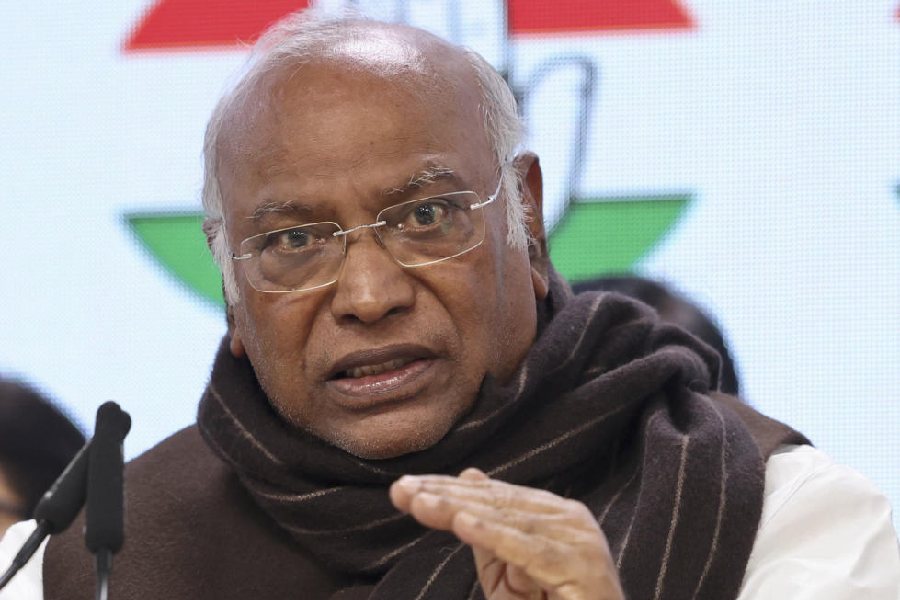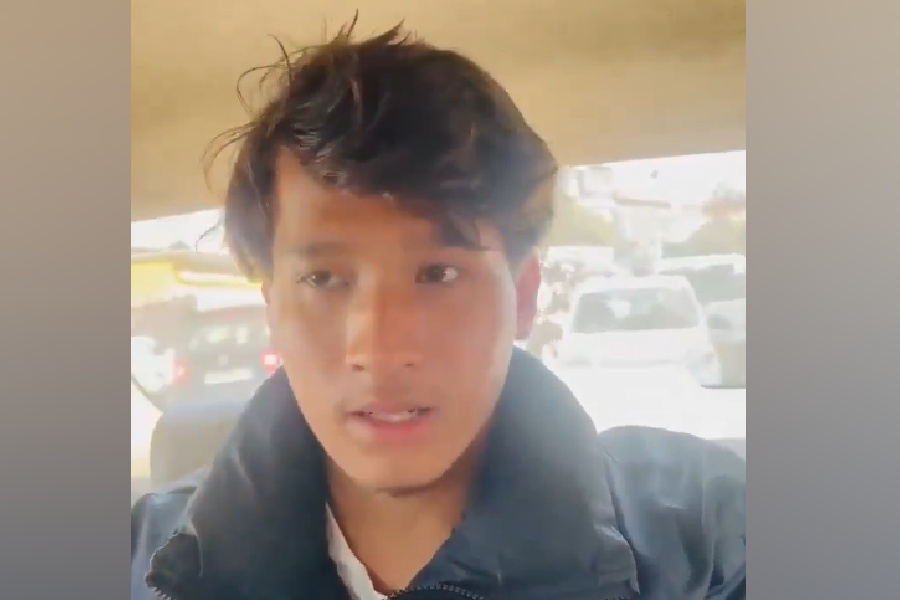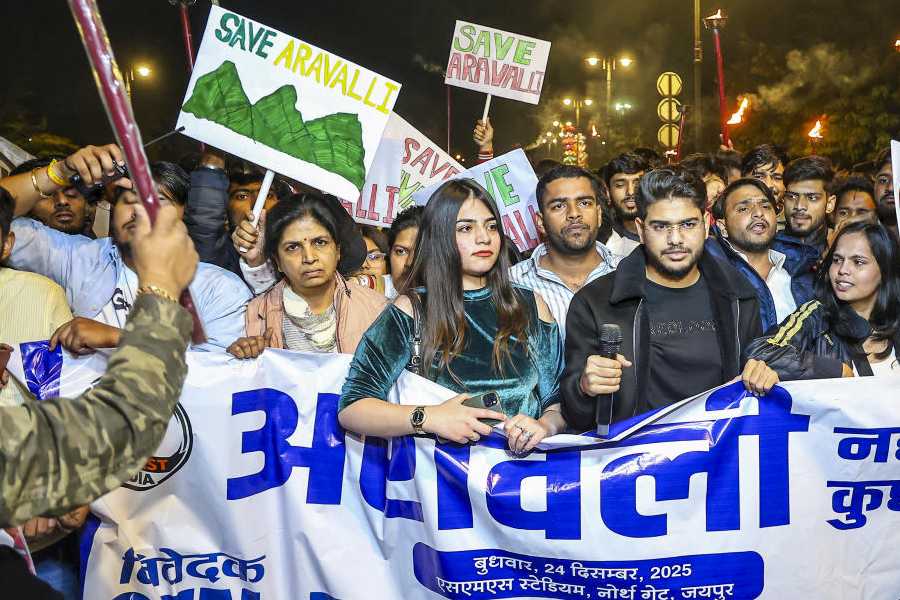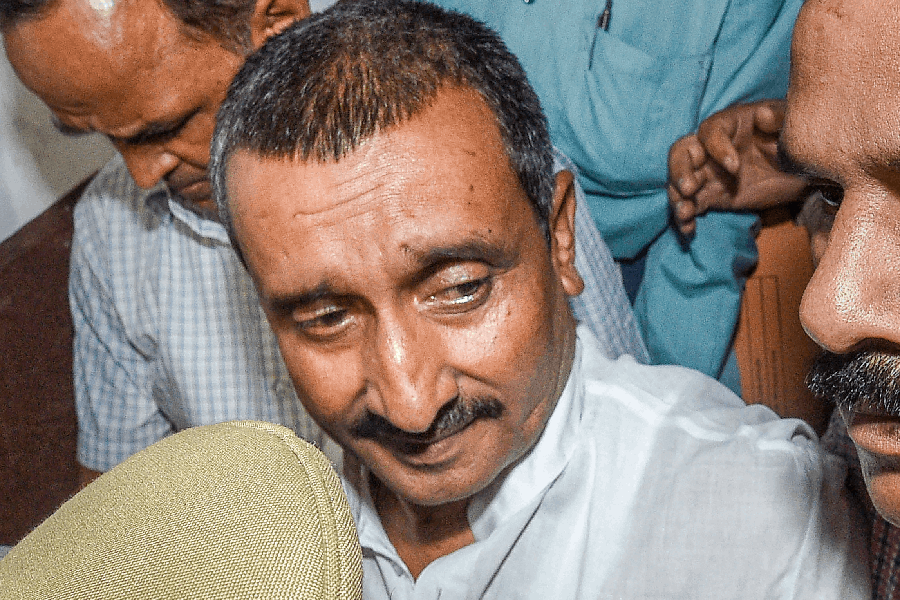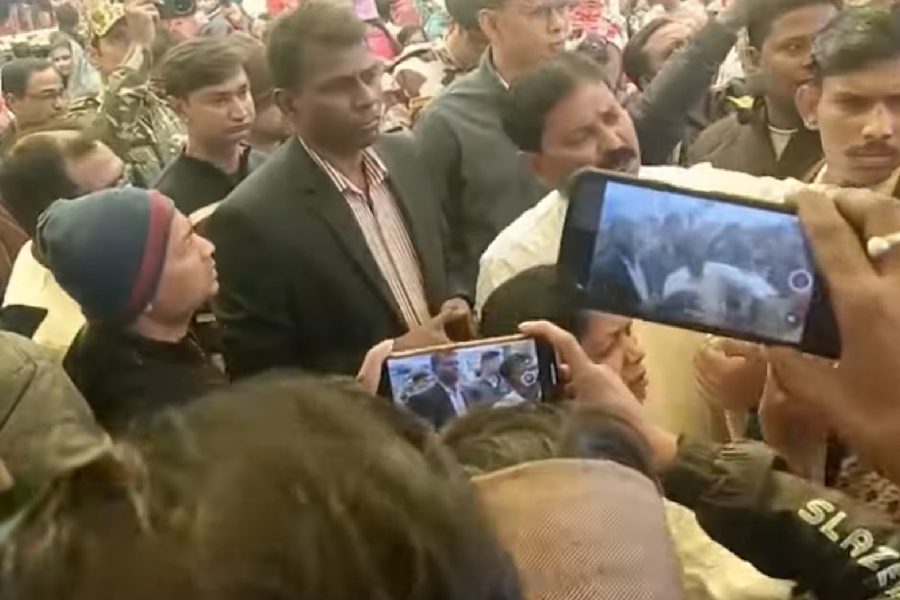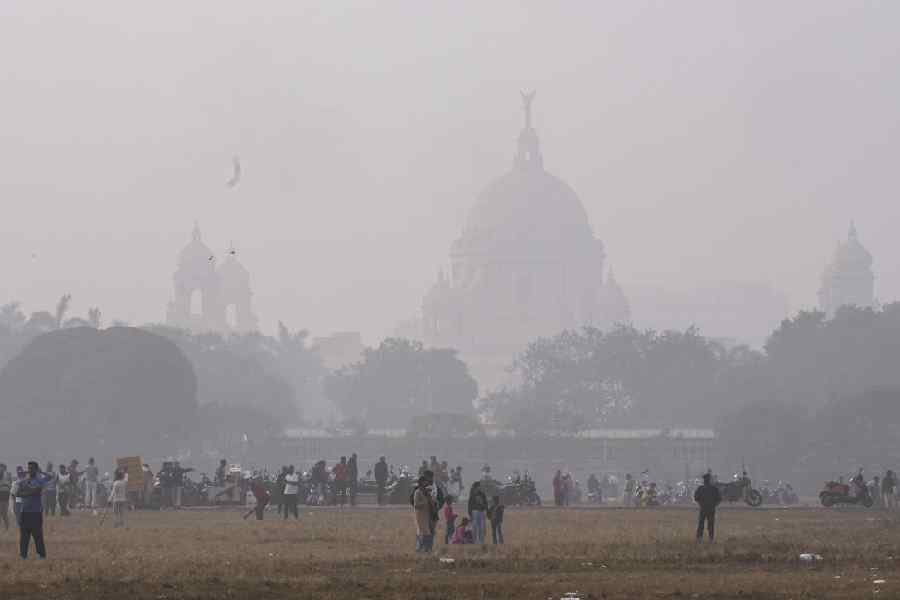Congress president Mallikarjun Kharge Wednesday launched an attack on the Modi government, accusing it of driving the middle class to the brink and dragging economic inequality back to pre-colonial levels.
“In the last 78 years, no government has weakened the common people economically as much as the Modi government has oppressed them,” Kharge said in a post on X.
The Congress chief cited data from the International Labour Organisation (ILO) to highlight the dire state of workers’ wages. “Even if anyone has an advanced degree or holds a skilled job, one is still paid the seventh lowest wages in the world,” he said.
According to Kharge, wage growth in India has collapsed—from 9.3 per cent in 2006 to a dismal 0.1 per cent in 2023. “The average hourly earnings of an Indian worker are the fifth lowest in the world,” he added.
Kharge accused the Modi government of hollowing out the middle class through rising taxes, inflation, and economic mismanagement. “Due to the burden of taxes, inflation and economic mismanagement... The middle class, the poor and the neglected are shrinking, and the Modi government is going around shouting ‘Sabka Sath, Sabka Vikas’,” he said.
To back his claim, Kharge shared a graph showing how the share of the poorest and middle-income groups in national income has dwindled over two centuries.
The figures show that the poorest one-third has dropped from 10.8 per cent in 1820 to 6.4 per cent in 2023. The middle class has held on, with its share slipping from 15 per cent to 14.9 percent. But the wealthiest one-third has grown even richer, now holding 77.8 per cent of the national income, up from 73.2 per cent in 1820.
The World Inequality Report 2022 had highlighted the staggering wealth disparity in the country.
“Average household wealth in India is equal to €PPP35,800 (Rs 9 lakh 83 thousand). The bottom 50 per cent owns almost nothing, with an average wealth of Rs 115,000 (Rs 1 lakh 15 thousand),” it stated.
In comparison, China’s average household wealth was €PPP86, 100.
The report also stated that the middle class was also relatively poor (with an average wealth of only Rs 7 lakh 23 thousand (29.5 per cent of the total) as compared with the top 10 per cent and 1 per cent who owned Rs 63 lakh 54 thousand (65 per cent of the total) and over Rs 3 crore 24 lakh 49 thousand (33 per cent).
A research paper published on March 18, 2024, titled Income and Wealth Inequality in India, 1922-2023: The Rise of the Billionaire Raj, underscored how inequality has spiralled under Prime Minister Narendra Modi’s tenure.
“Between 2014-15 and 2022-23, the rise of top-end inequality has been particularly pronounced in terms of wealth concentration. By 2022-23, top 1 per cent income and wealth shares (22.6 per cent and 40.1 per cent) are at their highest historical levels and India’s top 1 per cent income share is among the very highest in the world,” the report stated.
In a May 2024 interview with India Today during the Lok Sabha campaign, Modi had dismissed concerns over inequality, suggesting that wealth distribution takes time. “If there were only five rich people, then how come so many people in India were doing marriages abroad?” he asked.
Modi had defended the uneven growth, saying it was part of a gradual process.
“Should everybody be poor? Everyone should be poor, then there will be no difference. This was the case in the country earlier. Now you say that everybody should be rich, so it will happen gradually, not overnight. Some will come, they will bring those who are below. Those who will come a little higher will pull up others. So there is a process,” he said.


